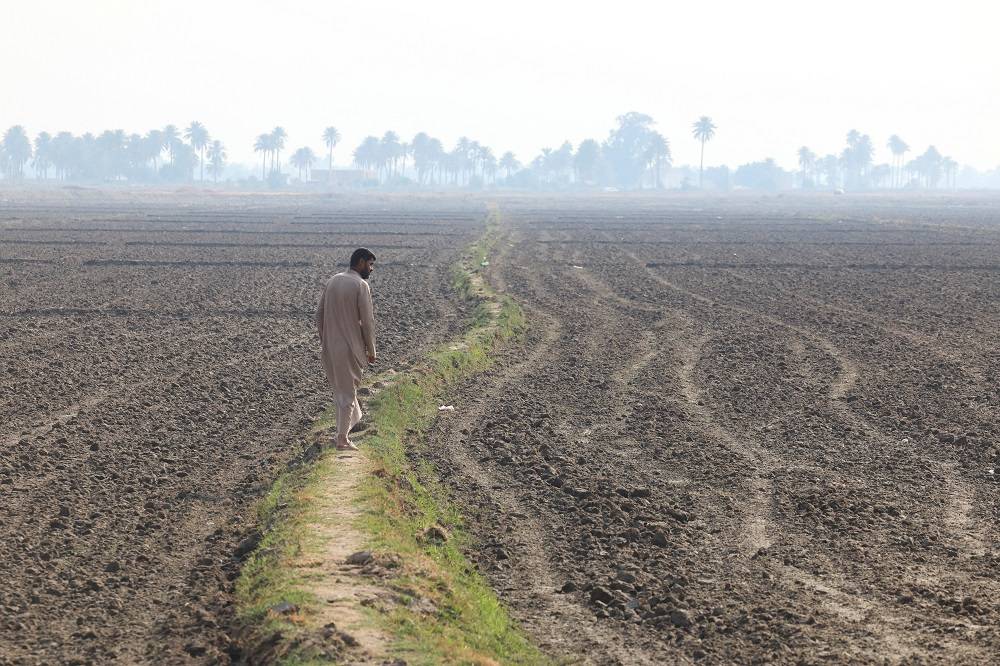Over the years, major wars have been characterized by the introduction of new doctrines, new tactics, and new technology. In 1453, the walls of Constantinople were breached by a gigantic cannon used by Sultan Mehmed II. Napoleon brought innovative new infantry tactics. In World War I, mustard gas and machine guns changed the battlefield. In World War II, it was aircraft carriers, blitzkrieg tactics and nuclear weapons.
Today, it is the Unmanned Aerial Vehicle (UAV), commonly known as the drone. In Afghanistan, Iraq, Ukraine, Azerbaijan and Gaza, drones have become an essential tool of modern warfare and whether used for surveillance, reconnaissance or attack, the skies over Kiev, Gaza, the Red Sea, the Persian Gulf, and the Taiwan Straits are filled with these small, deadly sentinels.
Drones are the dream of every combatant, whether major armies or non-state actors, and three attributes stand out. First, they are cheap... and plentiful. A small observation drone can be purchased from Amazon for less than $100 and delivered overnight. While it might not kill tanks, it can provide real-time video of the enemy trench line across the field, a rooftop sniper position, or an ambush site around the corner.
More advanced drones can fly higher, farther and stay in the air longer, and this is the bane of the support troops. While wars are fought on the front line with infantry, tanks and aircraft, wars cannot be won without keeping those front lines fed, fueled, and resupplied. It requires massive supply chains of ammunition dumps, fuel depots, repair facilities along with fleets of trucks and thousands of support troops to replenish the millions of tons needed daily to keep a small army fighting.
Most of that supply chain is well away from the front lines and before the proliferation of drones, it could only be observed intermittently and without sufficient accuracy for an enemy to target with artillery or missiles. Now, the entire area of operations is a battlefield and there is nowhere to hide. Drones can patrol above roads, reconnoiter locations with likely logistics stockpiles and zoom over to an infrared heat signal at night to discover a hidden artillery unit or a moving tank column. The power of drones to see throughout the depths of the combat zone, effectively creating a transparent battlefield, is unprecedented.
Drones can not only see targets throughout the combat zone, but they can also attack those targets. In military parlance, the goal is to establish a “sensor-to-shooter link” that can find a target in time and accurately and destroy the target precisely. Drones can solve the “sensor” part of the equation by providing real-time and GPS-accurate information. But until recently, even if the drone sensor is timely and accurate, the tools to attack that target have been relatively blunt. Conventional artillery and rockets are notoriously imprecise and often require hundreds of rounds to destroy a target. As but one example, in Ukraine over 65,000 rounds are fired each day, double the number of shells the US can produce per month.
Drones help solve the “shooter” problem as well. With the advent of laser designated and GPS guided precision weapons, an individual or aircraft with the proper equipment can guide a round onto a target with sufficient accuracy as to achieve a one-round kill. Yet individuals and aircraft are limited by flight conditions, aircraft availability, ground conditions, limited field of view and a host of other challenges that impair the ability to see or engage a target. Drones are not only far better at seeing targets but can also engage a target in several ways. They can provide a video downlink with precise targeting data, provide laser designation to guide a precision round onto a target, carry and fire missiles in its own payload or perform as a “suicide drone” to attack a target directly.
To many, drones are changing the nature of war and will be the predominant weapon on the future battlefield. In an extreme, theorists picture a battlefield filled with technology but devoid of humans. Self-driving tanks will be guided by operators far from the battlefield, drones and autonomous aircraft will be guided by artificial intelligence and ChatGPT and victory will be defined by who has any machines left over at the end of the battle.
That may be one day, but it is not today. Nor will it be soon. For now, drones are seen as invulnerable and revolutionary, but as is so often, radical new technology is quickly overtaken by a better technology which either leaps ahead or neutralizes that new technology. In the case of current drone technology, armies have been exploiting its advantage, but counter drone technology is racing to take away those advantages. Drones are not invulnerable – they can be shot down, they need to be guided, they need data links to pass information to operators and they need clear pictures of the target. Those elements can be interrupted or negated, particularly the critical radio links which can be jammed, spoofed, or blocked.
Despite their vulnerabilities, drones are having a significant impact on every battlefield, whether the high-intensity war in Ukraine, the attacks on international shipping off the coast of Yemen or counterterrorism operations worldwide. Drones have proven to be versatile, inexpensive, and extraordinarily effective, particularly deep targets such as command posts and artillery positions, and high-value targets such as terrorists. Inevitably, counter drone tactics and technology will somewhat reduce their overall effectiveness, but even if their capabilities are diminished, drones will retain an important and permanent role on the modern battlefield.
Drones Are The Predominant Weapon On The Future Battlefield

A Ukrainian soldier launches a drone during battles in Bakhmut. (Reuters)

Drones Are The Predominant Weapon On The Future Battlefield

A Ukrainian soldier launches a drone during battles in Bakhmut. (Reuters)
لم تشترك بعد
انشئ حساباً خاصاً بك لتحصل على أخبار مخصصة لك ولتتمتع بخاصية حفظ المقالات وتتلقى نشراتنا البريدية المتنوعة








